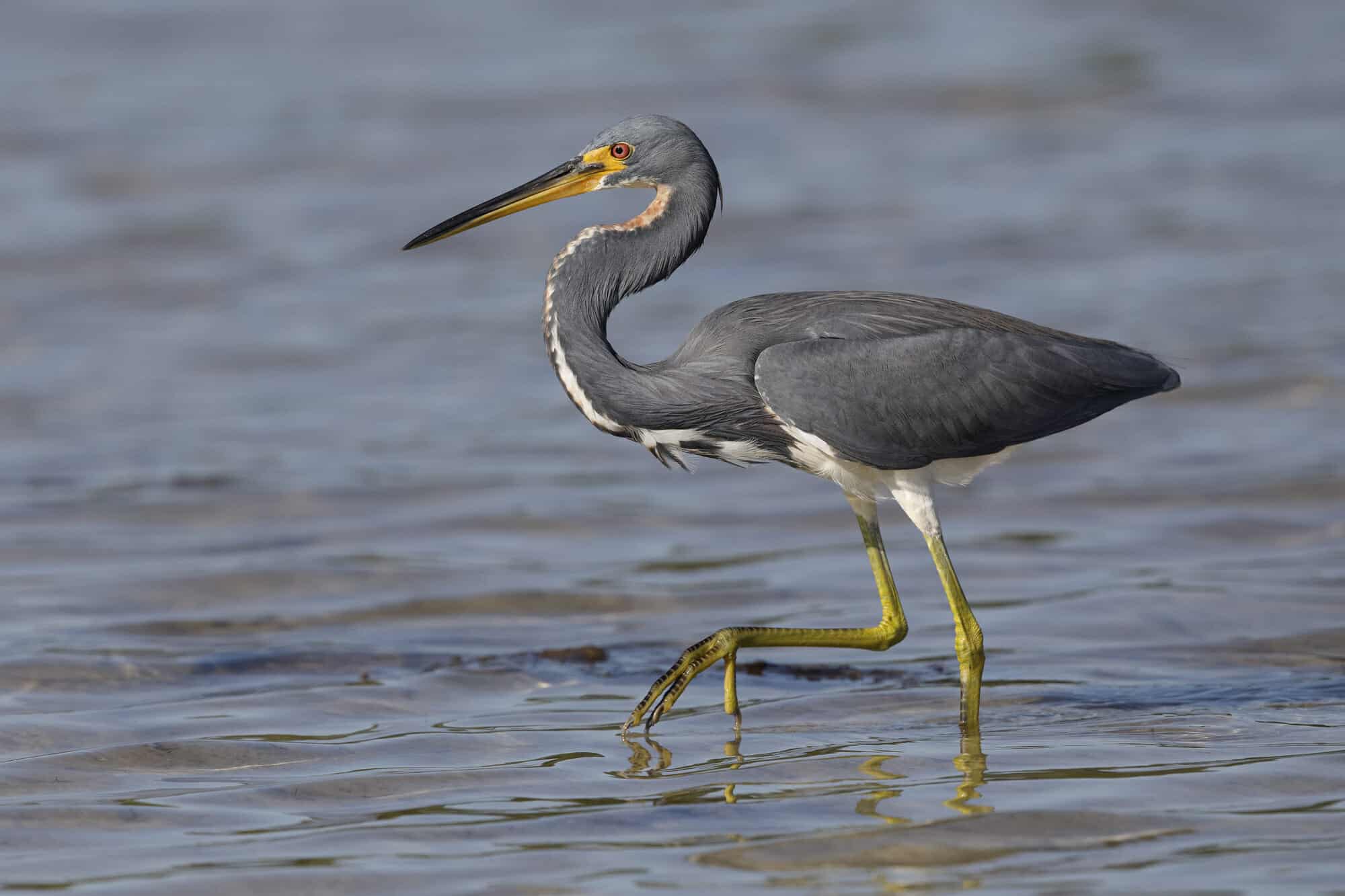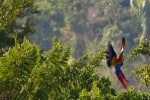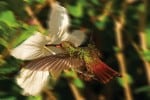2018 is the Year of the Bird!
Why is that? Not because of the Chinese calendar – they’re on the Year of the Dog, but there’s room for more than one animal this year. 2018 marks the centennial of the Migratory Bird Treaty Act, perhaps the most powerful and important legislation ever passed to protect birds. To celebrate the landmark treaty, Hamanasi is joining National Geographic, Audubon, BirdLife International and the Cornell Lab of Ornithology on a “Year of the Bird” Campaign. Nature lovers around the world are invited to commit to protecting birds today and for the next hundred years.
Every month in 2018 Hamanasi will bring you a post introducing you to one of the many migratory birds you can see in Belize, with information from our expert birding guides and pictures taken by our guests.
- January: The Roseate Spoonbill
- February: The Scarlet Macaw
- March: The Hooded Warbler
We hope you’ll join us in celebrating the Year of the Bird, either by visiting Hamanasi or by sending us your pictures of migratory birds. We’d love to feature your work in next month’s post! #BirdYourWorld
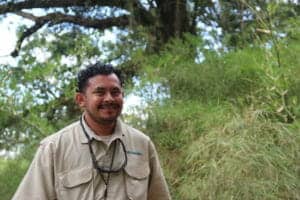
Hamanasi’s guide, Arne Guerra, has seen enough Tricolored Herons and gladly shares with us all there is to know about them.
Strutting their stuff: Birds don’t walk down cat walks, but if they did, the Tricolored Heron (Egretta tricolor) would make its mark in style. With its strikingly slender physique, elongated legs neck, this medium-sized heron has a dark back and neck with a white belly. Formally known as the Louisiana Heron. These gorgeous herons have a blue-grey plumage and live in swamps, streams, shores and marshes stalking fish for food. Tricolored herons can be found along the Gulf and Atlantic Coasts of the USA and from northern Mexico through to Central America and the Caribbean, but also to south parts of South America.
What does the Tricolored Heron’s calling sound like? It has a soft, nasal moaning sound.
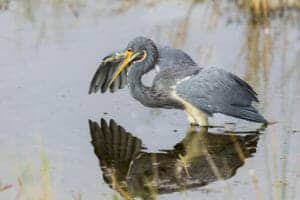
Dietary preferences: Tricolored Herons’ meals consist of what is abundant in their habitats: small fish, crustaceans, aquatic insects, frogs, salamanders, lizards and spiders. They are pretty good hunters and are known to literally stalk their prey and at times run behind them also. Their feeding habits finds them hunting alone and if their current environment changes (due to weather or other factors) they will change their feeding strategies to keep noshing on their favorite prey.
Unlike other heron species which change their diet depending on changing environmental conditions, the tricolored heron changes “…their foraging habitats and feeding strategies in order to continue to encounter preferred prey items” (Hill, 2001).
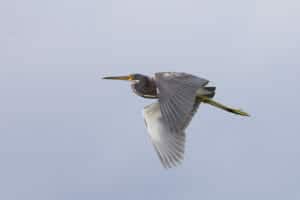
Mating rituals: During breeding season they can be found near salt water on shallow sheltered estuaries and bays, tidal marshes and mangrove swamps. Belize has plenty of these ecosystems making Tricolored Herons easy to spot during Hamanasi’s Tropical Birding Tour or the Hopkins Bike Tour.
It starts with the male deciding the nesting area before mating with the female. He puts together a nest made of small sticks set on reeds. Although solitary in their feeding, Tricolored herons nest in colonies in trees, mangroves or scrub near water. During their breeding season, the Tricolored Heron’s plumage is a deeper shade and their yellow beak, turns to blue.
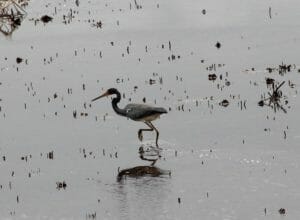
They have clutches of 3-7 eggs. Both parents care for the fledglings during the incubation and raising phase. With the clutch taking about 25 days to hatch and 35 days later they fly the coop.
Ecosystem Health Indicators: Birds such as the Tricolored Heron often help scientists determine the health of an ecosystem by studying their biology and impact on respective ecosystems.
Conservation Status: They have a healthy, but most importantly, a stable world population. Even though other herons are hunted for their feathers, the Tricolored Heron is not popular in this aspect.
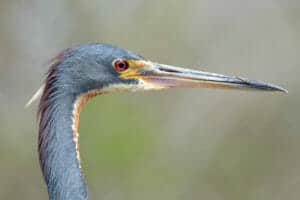
Tip: Keep a daily list—and share it. Now you’re out walking, try keeping a list. The eBird project provides a handy way to keep all your sightings in one place. You can even upload photos and sound recordings to remind you of what you found. The newly updated eBird app lets you keep a list while you’re out, and will even track your walking route to let you know how much ground you covered. And the data you enter will help scientists understand bird populations in cool ways like this.
Next time you are in Belize, we hope you will look for a tri-colored heron. Next month’s bird is the Black Necked Stilt. We will learn how these birds work hand in hand with their neighbors to safeguard their nests.
Share your stories and photos of these magnificent birds now and you may be featured in our next blog post!
